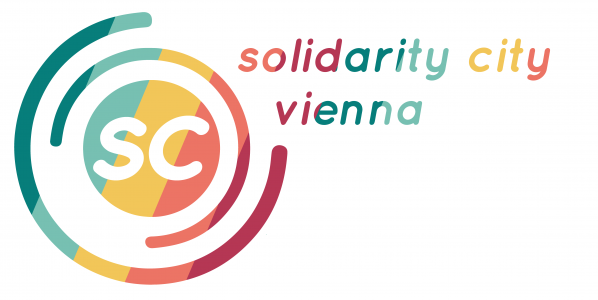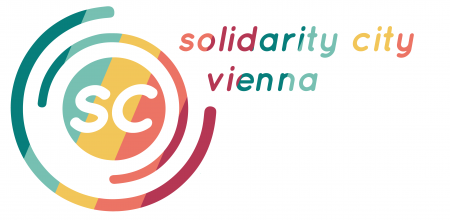On the site of the old Haschahof, a former farm at the southern edge of Vienna’s Favoriten district, stands today’s Zukunftshof (meaning Future Farm), which has been a place of forward thinking since the 1980s. Rothneusiedl, the former village where Zukunfthof is located, will become a new settlement for approximately 20,000 inhabitants in the next decades according to municipal plans. To prevent the demolition of the old Haschahof and to integrate it into the new area, a group of residents and experts joined their forces. The idea of the Zukunftshof was born: a place that brings innovative urban agriculture, water management and sustainable energy production closer to the people, integrating old traditions and former residents in new urban developments. In 2019 the concept of Zukunftshof won a competition for interim use until 2045 and set a social and sustainable ecological basis for the years to come.
Despite the calendar marking the beginning of autumn, it is a sunny and warm day at the former Haschahof, which once was Vienna’s first ecological farm. From far away, the large banner next to the still quite well-preserved brick façade grabs our attention. The banner suggests that we found a place which is much more than just a farm. We walk along the long brick façade and pass the entrance of the 19th century industrial building. We hear children’s voices coming closer and closer. The voices move in the courtyard and fill the open and vacant spaces with life. Now we are surrounded with the industrial brick fronts on all sites of the courtyard. A multitude of buildings and a multitude of entrances signal a lively use behind each door. On the right-hand side, next to one of the larger buildings, a group of young people is standing around an old bicycle. They are highly concentrated on repairing it and learning from each other. But before we have had a chance to explore the yard in all its depth and complexity, Andreas Gugumuck approaches us. He gave up his job in the IT industry in 2014, and from then onwards he dedicated himself to a long-forgotten Viennese tradition, snail farming. His snail farm is just next door and he is one of the representatives of the community around Haschahof: the well-known face of Zukunftshof.

How Zukunftshof was born
The history of the farm started at the beginning of the 20th century, at that time in the still independent village of Rothneusiedl. After many years of successful farming, Rudolf Hascha took over the family farm, developed the first self-harvesting project and re-started in 1991 as one of the first certified organic farms in Vienna. With the declining professional farming activities in the area, the plots around the farm were turned into self-harvesting fields. These served a variety of communities, engaged and connected with the fields.
After the contracts expired, the leaser left the farm and the area was sold to the Social Housing Fund of Vienna (Wohnfonds Wien). As Haschahof was exactly on the site of a new neighbourhood planned for 20,000 inhabitants, Wohnfonds Wien initially planned to demolish the old farm, but this led to the formation of the citizens’ initiative “Stop Megacity”. The turning point, however, was reached during the panel discussion “What’s next for the Haschahof?” at the Gugumuck-Hof snail farm which took place in summer 2018. To preserve the farm buildings, residents, citizens’ initiatives and the district representatives founded the association “Stadtlandwirtschaft Favoriten” , now “ZukunftsRaum Rothneusiedl“, together with Andreas Gugumuck.
The association was conceived to represent the interests of the current users: the organic farmers who have been working with the land here for a long time and the “self-catering” farmland users, who reimburse the farmers for preparing the land and then cultivate their own products. (alternatively: who have been working with the fields here for a long time and “self-harvesting” communities who reimburse the farmers for preparing the fields for them.) Stadtlandwirtschaft Favoriten is a legal entity, which allows the community to communicate about and be involved in the new urban development process of Rothneusiedl.
In 2019 the association won the Haschahof competition to experiment with new ideas of farming and community building. Their mission is to develop an innovative, culinary district centre there which can deal with urban agriculture, sustainable energy production and innovative water management. Currently, Zukunftshof is writing a new chapter in Vienna’s fringe as forerunners of urban methods for urban agriculture and circular economy. “The urban development aspect is only one of the interests of the association, where we mostly act as as the voice of Rothneusiedl’s neighbours in the participatory planning processes, “ explains Andreas.
Financial sustainability
Two years after the foundation of Zukunftshof, everything is “future in progress,” says Andreas. The construction of the new residential quarterquarter is still in the planning phase but the infrastructure is being developed and at the same time Zukunftshof is being set up with new research partners, such as the Viennese universities Boku, TU and University for Applied Arts. Together, they are starting to rebuild the premises.
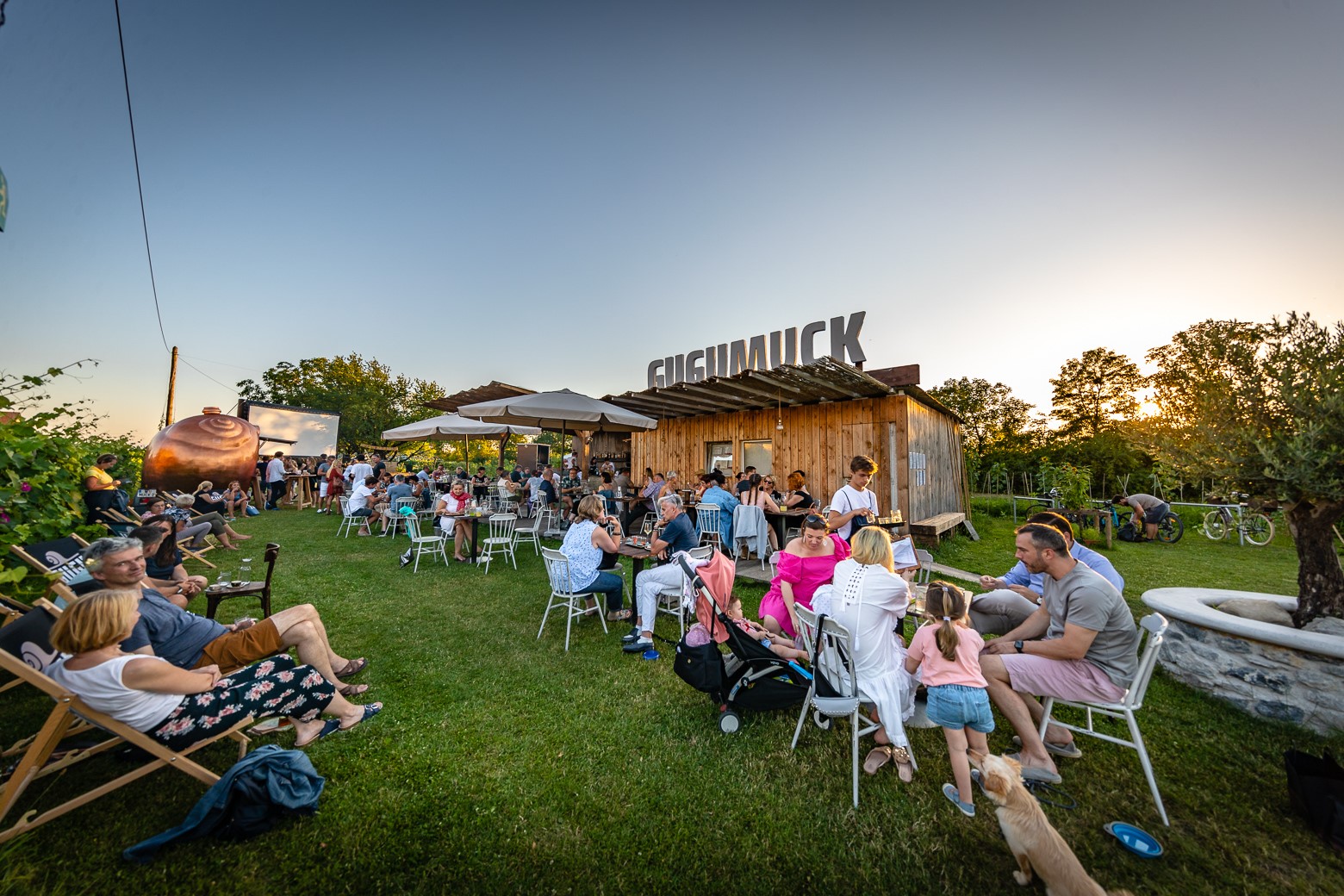
Parts of the farmland around the Haschahof are also used by various farmers, including Andreas with his snail farm. Festivals, cultural events and parties do not only financially support the rent and part of the renovation, but also contribute to the setup of a new social centre for the area to build connections between the original residents and the new ones.
A melting pot to address global environmental challenges
As Zukunfthof’s policy document explains how in the 21st century, humanity faces enormous tasks. Multiple pressing issues such as the climate crisis, the overexploitation of natural assets and depletion of natural resources, as well as critical developments in politics and economics show that we cannot simply carry on as before. For cities like Vienna to be able to cope with this new complexity, new, more sustainable approaches to urban planning are necessary. To overcome the challenges of bottom-up and top-down perspectives, a “bottom-linked” practice has emerged over the past decades. It is important that there is an interaction between a wide range of active groups, decision-makers and actors. This is where Zukunftshof comes in: it serves as a central link between residents, urban planners and experts; the courtyard becomes a place of exchange for introducing the sustainable use of nature and resources of the village into the new urban landscape. An urban landscape of up to 20,000 inhabitants not only requires more space, but also represents an increasing need for infrastructure. For this reason, some of the shopping facilities, educational institutions and cultural venues are to be created ecologically and sustainably in advance by making beneficial use of the old population and its knowledge. This not only involves the population actively into urban planning, but also acts against the global challenges mentioned above. With its own production of food, energy and water, the Zukunftshof has the potential of offering a part of its accrued resources to the new city.

Circular economy and youth participation
This long-standing tradition of sustainable and innovative agriculture on the farm is meant to be preserved in Zukunftshof. In addition to scientific studies, participation is a top priority for the organised to get involved with. The population should regain a practical relationship to their food. This holistic approach is co-lived and co-designed with the residents. Children form a special focus group. From an early age they are introduced to organic waste, composting, vertical farming, fruit and vegetable cultivation, aquaponics, mushroom cultivation, insect breeding, how they are processed, all the way to the finished dish in the restaurant.
“In this way, we want to bring about a sustainable change in urban-agricultural processes, entirely in the sense of an ‘edible city’ of the future,” says Andreas. The edible city becomes a reality with Zukunftshof’s own farm shop, a restaurant that prepares meals with the farm’s products and the continuation of the long tradition of self-harvesting. The city’s inhabitants are transformed from simple urban consumers to producers.
Many young people are participating in WUK workspace, an educational programme for integration into the labour market, while artists temporarily live next door and enrich the farm with their art projects and exhibitions in return for housing.
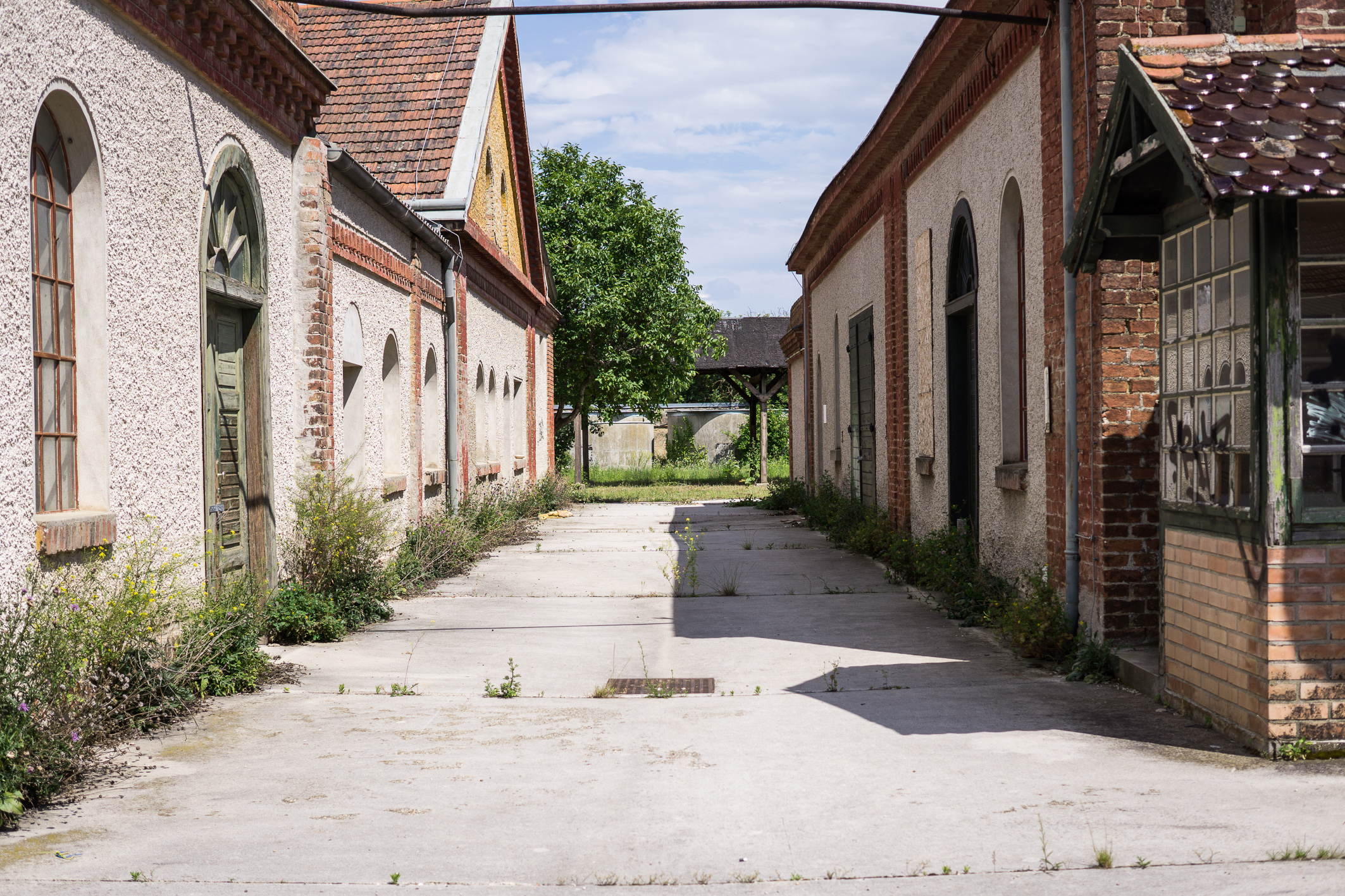
But food production is not the only core theme of the Future Farm; research, testing and demonstration of new energy technologies are also central to the concept. The roof surfaces are to be used extensively for solar energy, and by combining different urban food production methods, material and energy cycles are to be closed. For example, waste heat from the bakery or brewery can be used by other producers.
Innovation built on tradition
In addition to testing innovative urban forms of agriculture and production according to the principles of circular economy, community, neighbourhood, education, art, culture and movement are to be brought together here. In doing so, the old identities – Haschahof and Oberlaa village life – should not be lost: they should be combined with urbanity and innovation. By planning together from the beginning with the residents of the area and the urban planners, a community centre between the old and the future neighbourhood is being established already now by Zukunftshof that combines the wishes and knowledge of the residents with the requirements of city planning for an urban centre. Also, the risk of developing dysfunctional, underused urban sub-centres that often bear witness to the mistakes of modernist city planning, is reduced by the fact that the new urban centrality is already enlivened and used by the long-established residents.
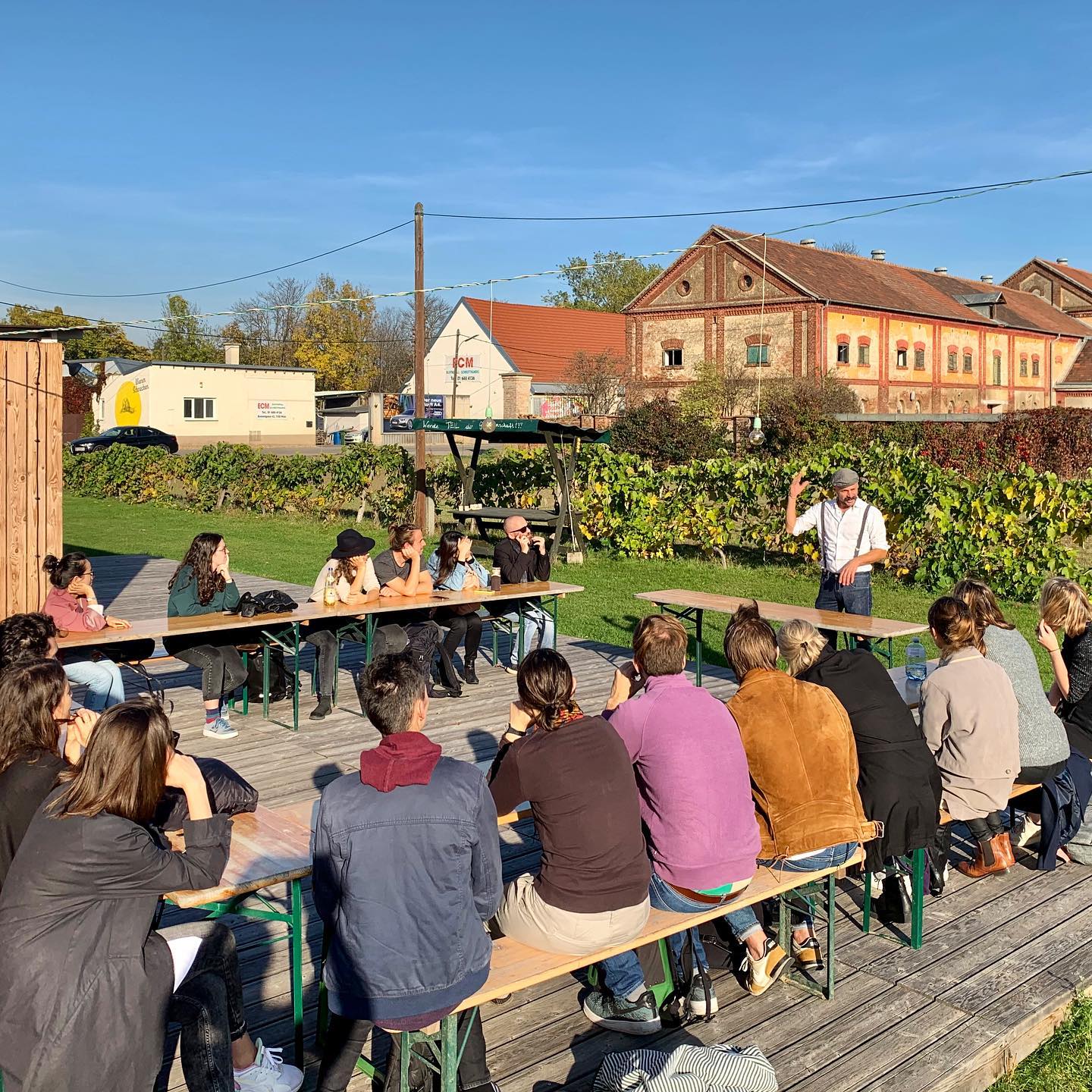
Zukunftshof as a kind of real city laboratory offers the ideal place to try out a new city model while at the same time dealing with people and the environment in a socially and ecologically sustainable way. In doing so, Zukunftshof wants to preserve the tradition of the estate as a pioneer of its time, “explains Andreas.
Get involved and visit Zukunftshof: As a hub, it is open for new collaborations and experimental ideas.
Interview by Robert Körner.
